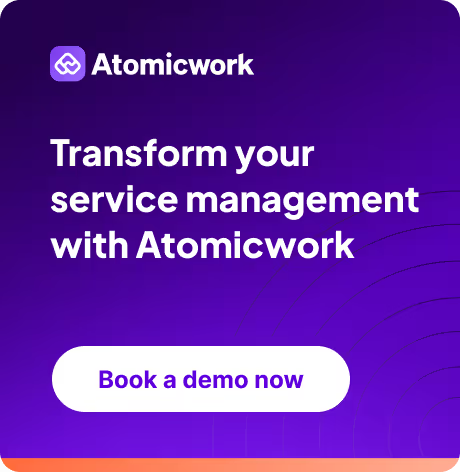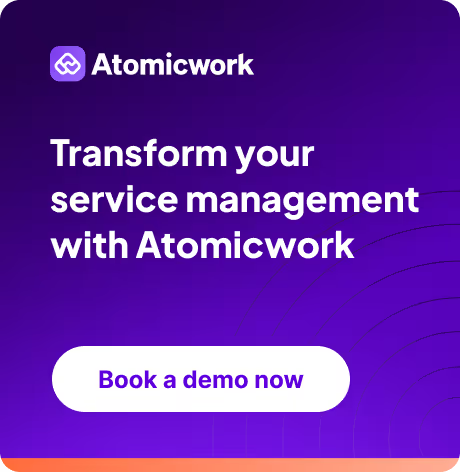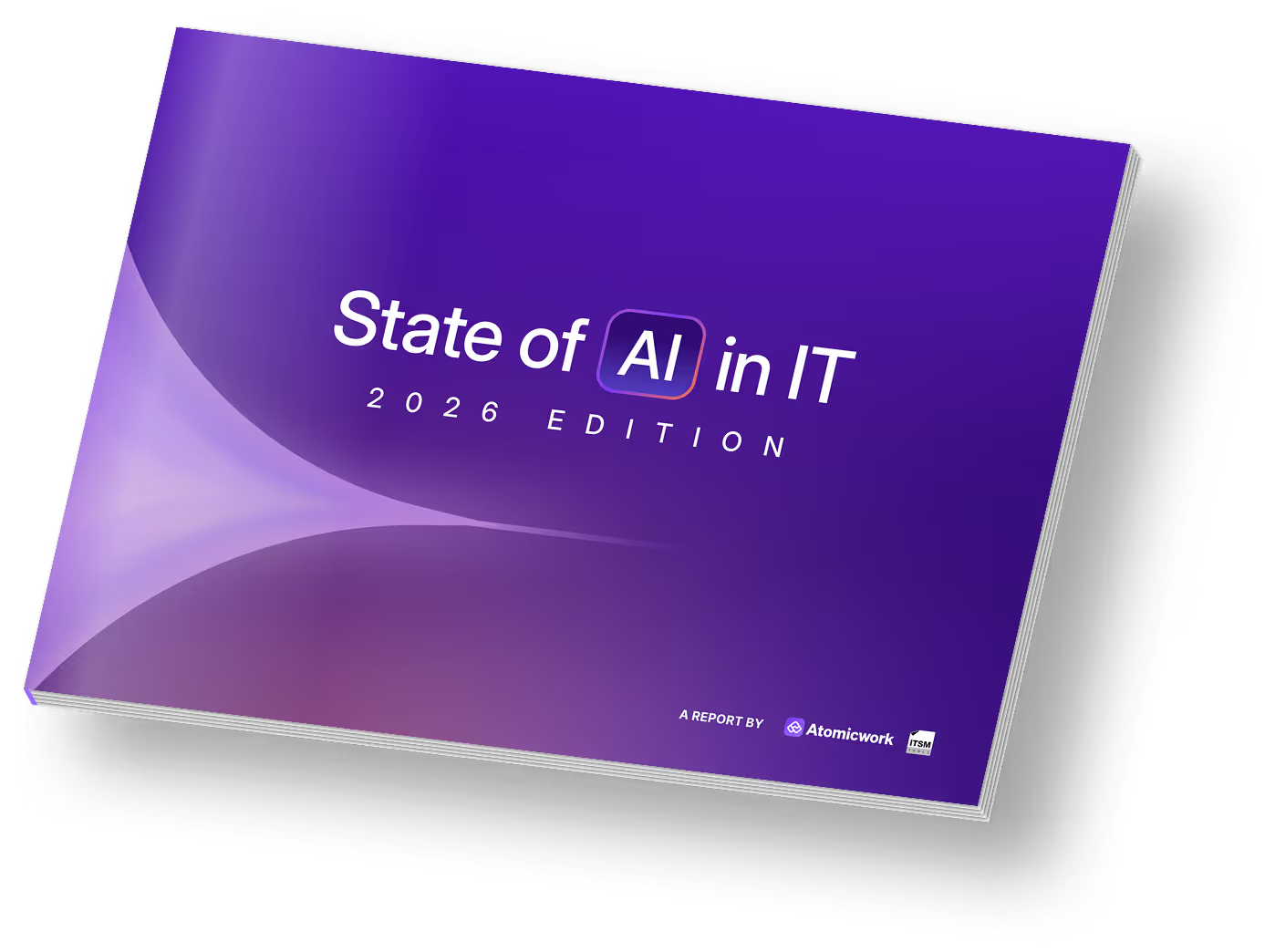Breaking down enterprise IT support costs: Do you know what you’re really paying for?

A few weeks ago, I spoke with the IT leader of a 2,500+ employee US-based enterprise who sounded quite excited about their ITSM platform implementation to “transform” their service operations.
However, a deeper conversation with their IT team revealed a different story–they barely used the expensive platform. Instead, they relied on separate automation tools because customizing this platform would require another year and significant additional investment.
This stark disconnect prompted me to analyze the true financial impact of legacy service management technologies, and the numbers are eye-opening.
Let me break down the hidden costs of manual IT support operations (with a little help from Anthropic, of course!). By the end of this post, you’ll see why your service desk might be more expensive than you realize.
More tools do not equal more efficiency
What I discovered in my conversation with this enterprise's IT team perfectly illustrates a common problem in the industry.
Despite investing in a market leader promising better service now, their actual implementation was anything but immediate. Configuring basic ITSM functions like managing incidents, requests, or changes were annoyingly slow and complex.
In fact, the enterprise chose another tool for their CMDB needs just to avoid the lengthy and cumbersome implementation.
But here's where it gets interesting: when I spoke with the IT admin–the actual hands-on user of these systems–I learned they weren't using any of these tools for their day-to-day operations. Instead, they had purchased a separate automation tool because implementing the ITSM software’s orchestration capabilities would require another year of work and substantial additional investment that their budget couldn’t accommodate.
This creates a troubling triangle of misalignment: The CIO believes they have implemented cutting-edge IT tools, the IT admin team is working around these tools rather than with them, and the CEO is unaware they're paying premium prices for systems that aren't being fully utilized.
This isn't just about wasted budget; it's about the opportunity cost of inefficient IT operations.
Let’s talk dollars ($$$)
This misalignment between IT investments and actual usage doesn’t just result in inefficiencies; it has a significant financial impact. To put this into perspective, let’s break down the real cost of these manual IT support operations.
I analyzed the typical IT support operations of a 1000+ employee enterprise. I broke down the costs of routine IT support activities by using average salary data from US labor statistics and HDI benchmarks ($45,000/year for L1 technicians and $65,000/year for L2 specialists).
Key cost drivers
Looking at monthly ticket volumes and resolution times, here's what the numbers reveal:
- Password resets consume 165 hours monthly (30% of tickets), costing $2,475. This includes ticket creation, verification, system access, reset, and documentation - all for a task that could be automated.
- Software installation requests are roughly 25% of the ticket volume with an average resolution of 45 minutes and cost up to $6188 to identify access permissions, validate approvals, and grant access.
- Hardware setup, while only 15% of tickets, takes up 450 hours monthly, resulting in $11,700 in labor costs. This covers inventory checks, physical configuration, software installation, and testing.
- Server debugging, despite being just 10% of ticket volume, demands 450 hours monthly and costs $13,950. These complex issues require log analysis, investigation, implementation, and testing.
- Infrastructure alerts take another 450 hours monthly (20% of tickets), adding another $13,950. This includes triage, analysis, assessment, and resolution.

When you add it all up, enterprises spend $48,262 monthly ie. nearly $600,000 annually just on manual IT support tasks. And this doesn't even include the cost of the ITSM platform itself, which often runs into millions per year.
Is the IT spend vs. ROI justified?
The $600,000 annual cost of manual IT support is just the tip of the iceberg. The numbers become even more concerning when you factor in the complete financial picture.
Let's consider the hidden costs:
1. Enterprise ITSM platform investment:
Organizations typically spend over $1 million annually on premium ITSM platforms which includes licensing, maintenance, and mandatory upgrades.
2. Implementation and lock-in costs:
The initial platform implementation often takes 12-18 months and requires specialized consultants. Once implemented, organizations find themselves locked into the ecosystem, making changes or migrations prohibitively expensive.
3. Employee productivity impact:
Consider a 1000+ employee organization where each employee loses just 30 minutes waiting for password resets or access provisioning. An average salary of $80,000 translates to significant productivity losses - potentially hundreds of thousands in lost work hours annually.
The reality is stark: despite investing seven figures in modern ITSM platforms, enterprises burn over $600,000 yearly on basic manual IT tasks while losing productivity to slow resolution times.
This brings us to the question: Is this the best use of IT resources and budget?
The growth opportunity with agentic AI
Clearly, traditional ITSM platforms aren’t enough to bridge the gap between investment and actual efficiency. What enterprises need isn’t just another tool, but a smarter way to manage IT support–one that reduces manual effort while improving service delivery.
That’s where a new approach–agentic AI–comes in; not as another tool to add to your stack but as a transformative approach that simplifies IT support. Unlike traditional automation, which follows rigid workflows, agentic AI dynamically adapts to different scenarios to understand intent, learn from past interactions, and autonomously resolve issues.
Without requiring extensive configuration and human oversight like legacy platforms do, AI agents can handle multi-step workflows like:
- Automatically handling password resets and access provisioning without L1 support intervention
- Guiding users through hardware setups while managing inventory and documentation
- Proactively identifying patterns in infrastructure alerts to prevent future disruptions
- Managing complex service requests by coordinating across teams and systems

IT leaders today have a choice: continue spending millions on outdated service management software or embrace a solution like Atomicwork that leverages agentic AI to free up resources for strategic innovation.
It's time for enterprises to stop burning resources on manual tasks and embrace a more intelligent approach to service management.
If you’re interested in learning more about our agentic service management platform, schedule a demo with us!
You may also like...


































